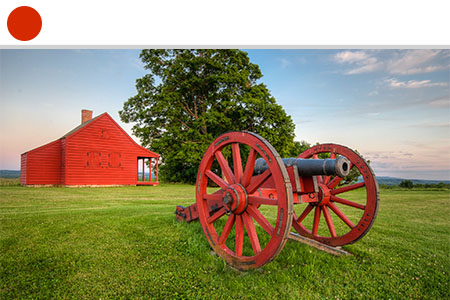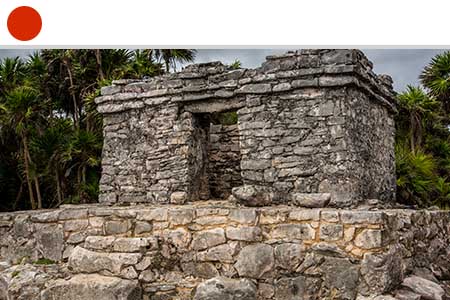Course Sample for Our Ancient History: Babylonian Life and Mythology Homeschool Curriculum
To view a full sample of this class, click here.
Babylonian Life and Mythology
By Rebbecca Devitt
Lesson 1: Mesopotamia
Mesopotamia means ‘land between two rivers’ or ‘land of rivers.’ Mesopotamia is between two major rivers, the Tigris and the Euphrates Rivers. Modern day Mesopotamia is now mostly Iraq, Kuwait, and the north-eastern section of Syria.
Activity: Look at the map below, locate the Tigris and Euphrates Rivers and the modern nations that would have made up old Mesopotamia.

Mesopotamia is thought to be the cradle of civilization. It’s where many of the old great civilizations came from, such as the Sumerian, Akkadian, Assyrian, and the great Babylonian civilizations. And Babylon’s city now lies 94 kilometres (59 miles) southwest of Baghdad.
The native Mesopotamians, including Babylonians and Assyrians, dominated Mesopotamia from the beginning of much of our written history. In 539 BC, Mesopotamia was conquered by the Achaemenid Empire. Only about 200 years later it fell to Alexander the Great in 332 BC. About 150 BC, Mesopotamia came under Parthian control. Soon it was a battleground between the Parthians and the Romans, and some of it came under Roman control. Then in AD 226, Mesopotamia was conquered by the Persians who kept control of the land until the Muslims conquered it in the 7th century AD.
Geography
Mesopotamia’s climate is semi-arid. An arid climate is one that severely lacks water, so much so that it prevents the growth and development of plant life. These climates often coexist where deserts are.
Because of the arid climate, there are sandstorms in Iraq. Watch this video and experience what if feels like to be in a sandstorm in Mesopotamia!
https://www.youtube.com/watch?v=iC2qlU8G8vw*
*Special note: There is a swear word in the video, and there is inappropriate language beneath the video. Parents are encouraged to preview the video before sharing it with students and to view on full screen to avoid the comment section.
SchoolhouseTeachers.com note: Parents should closely monitor children’s use of YouTube and Wikipedia if you navigate away from the videos and articles cited in these lessons. We also recommend viewing the videos on a full screen setting in order to minimize your students’ exposure to potentially offensive ads and inappropriate comments beside or beneath the video.
- What strikes you most about this sandstorm?
In northern Mesopotamia, there is a large desert expanse that leads into 15,000 square kilometres of marshes, lagoons, mud flats, and reed banks in the south. In the far south of Mesopotamia the two great rivers, the Tigris and the Euphrates, unite and empty into the Persian Gulf.
When the snow melts off the high peaks of the northern Zagros Mountains and Armenian Highlands, the melted snow helps to irrigate the farms below it. In December to April it rains a lot. When it rains, the surrounding areas can collect up to 100 centimetres of rainfall a year!
Water is efficiently used in the arid land when the people dig canals and make water reservoirs. These water catchments make suburban or city areas possible. In ancient Mesopotamia, the availability of water in one spot usually meant the centralization of political authority and governments.
Question: Considering the climate was arid, what major resource (other than water) was probably missing?
Mesopotamia is a barren land in terms of building stone, precious metals, and timber. The people had to import these resources across long distances.
Question: Considering the waterways around Mesopotamia, what resource (other than water) would have been plentiful?









































































